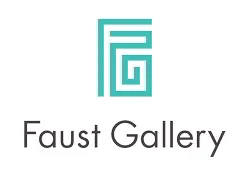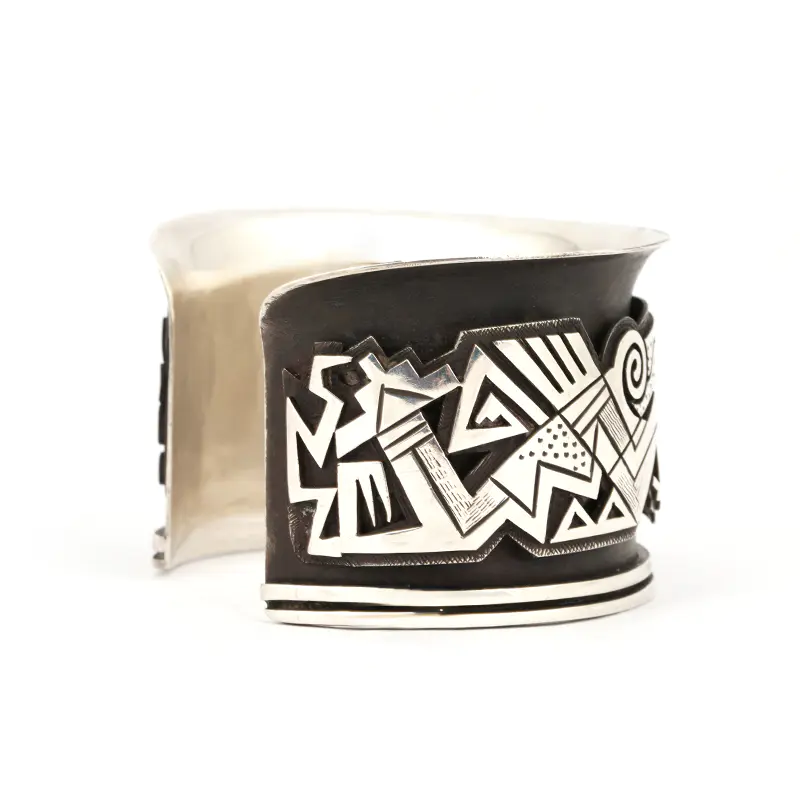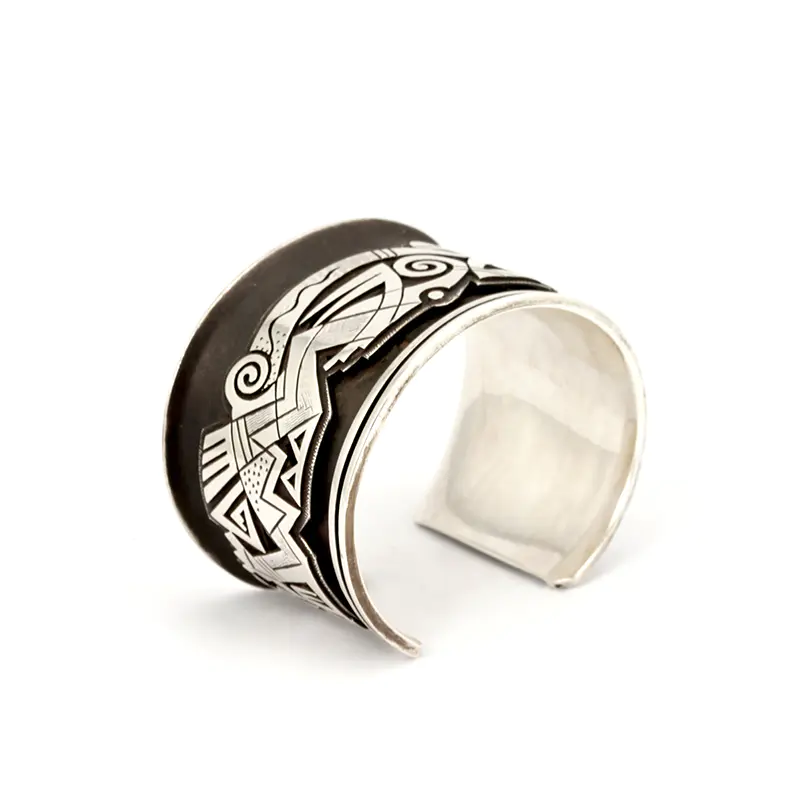Michael Kabotie (1942–2009) – Hopi Artist, Jeweler, and Cultural Visionary
Also known as: Lomawywesa (“Walking in Harmony”)
Michael Kabotie was a renowned Hopi silversmith, painter, and poet, widely celebrated for his groundbreaking contributions to contemporary Native American art. Born in 1942 at Shongopovi on Second Mesa, Arizona, he was the son of famed Hopi artist Fred Kabotie, a key figure in the early 20th-century Native American art renaissance. Michael continued that legacy, shaping a bold new direction in both jewelry design and visual storytelling.
Michael Kabotie’s work was deeply rooted in Hopi ceremonial life, myth, and philosophy. He received his Hopi name, Lomawywesa, meaning Walking in Harmony, during his initiation into the Wuwutsim Society in 1967. That name would come to define the underlying spirit of his art.
Jewelry Innovation
As a master silversmith, Kabotie was known for perfecting a unique form of overlay technique, which he described as “painting with metal.” Using sterling silver and 14k gold, he layered meticulously cut designs over oxidized backgrounds to create vibrant, symbolic compositions. His jewelry often depicted Hopi katsinas (spirit beings), migration symbols, sun and cloud motifs, and sacred geometry. These designs reflected Hopi worldview, movement, and spiritual continuity, turning each piece into a narrative of cultural identity.
Painting and Poetry
Beyond jewelry, Kabotie was also a noted painter and poet. His visual art was vibrant and modern, blending abstraction with traditional Hopi symbolism. His work carried the energy of ceremony, cosmology, and transformation, frequently using bold colors, circular forms, and motion to convey spiritual themes. He also published poetry and essays, exploring themes of cultural preservation, resistance, and personal awakening.
Recognition and Legacy
Michael Kabotie exhibited his work nationally and internationally, including at the Heard Museum, Museum of Northern Arizona, and the British Museum. In 1973, he co-founded Artist Hopid, a collective of Hopi artists who sought to express traditional culture through contemporary media. He lectured widely across the U.S. and abroad, including in Germany, Switzerland, and New Zealand, on Hopi philosophy and the role of Native art in cultural resilience.
Michael Kabotie passed away in 2009, leaving behind a lasting legacy as an artist who bridged ancestral knowledge and modern expression.



